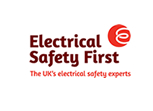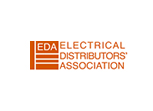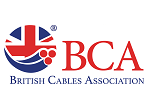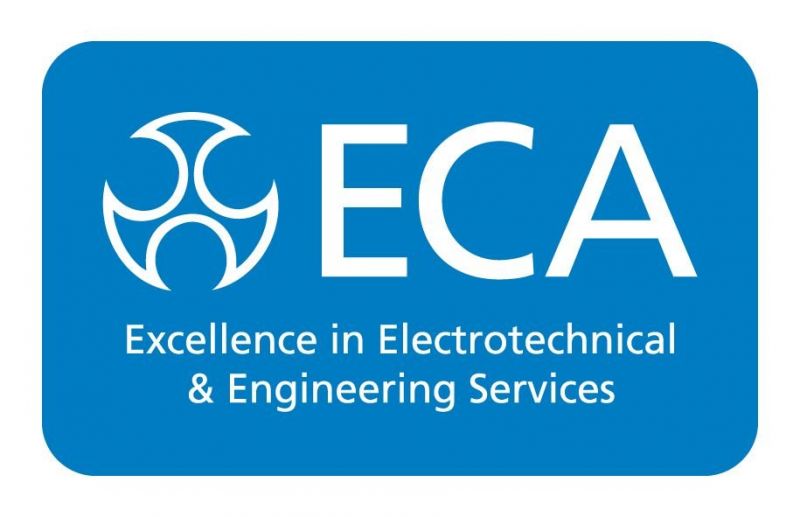ACI Statement - Construction Products Regulation

ACI Statement – Construction Products Regulation
Summary
Construction Products Regulation (CPR) ensures consistent information is available for those who need to know by enabling the performance of construction products throughout the EU to be assessed and compared irrespective of the manufacturer or country of origin.
Since July 2016, the cable supply industry has been working in a transition period (co-existence) which will end on 30th June 2017. From 1st July 2017, cable with a Reaction to Fire, supplying electricity and/or signals, and used permanently in building and construction works for control and communication purposes, requires a Declaration of Performance (DoP) and CE Marking under CPR.
Such cable must meet European Standard EN 50575:2014 which specifies the test and assessment methods to be used for Reaction to Fire requirements. The results are expressed in a hierarchical series of classes (Aca down to Fca)
CPR details the way in which a product is placed on the market including assessment and testing methods, product performance declaration and the scheme of assessment. It does not say HOW and WHERE a product should be used.
It is the responsibility of the regulator or equivalent in each Member State to decide if a particular product shall be required to meet a specified class of performance when installed in a designated building or construction works. In the UK the authority is the Department for Communities and Local Government, and they have decided not to make any such specifications for cables.
Nevertheless, there can be market checks by Trading Standards and other regulatory type bodies, and there are penalties for putting product on to the market that is not CPR compliant.
From 1st July The Approved Cables Initiative will proactively police the market for non-compliant cable product and will bring to the attention of relevant UK authorities all breaches of CPR Certification and Approval.
Individual responsibilities
Manufacturers:
- All relevant products must be tested and classified
- Relevant DoP to be made available to cable purchasers
- Relevant product labels must carry the CE Marking (in accordance with the relevant harmonised standard EN 50575), the class of performance, unique DoP reference number, scheme of assessment and identity of the Notified Body used
- DoP may be in paper or electronic format.
Specifiers, architects, designers and local authorities:
- Specify cable that carries the CE Marking (in accordance with CPR)
- Ensure the relevant DoP is available and has been checked
- Specify an appropriate class of performance according to the installation. A minimum of class Eca is generally recommended, and class Fca should be avoided as it is likely to burn uncontrollably in a fire
- Where fire safety requirements are high or very high, it is recommended to specify cable described as low fire hazard or equivalent (LSHF, LSOH, OHLS, LSNH etc), with classifications higher than class Eca
- Check whether low fire hazard cables above class Eca includes the desirable additional classifications for smoke emission, acidity, and where appropriate, flaming droplets
- If in doubt contact the manufacturer.
Wholesaler and Distributors
- Ensure relevant cable bought and sold is CPR compliant – where it is believed a cable does not conform, it should be withdrawn or recalled.
- Make sure cable sold carries the CE Marking (in accordance with CPR)
- Ensure the relevant DoP is available and has been checked
- Where there is a risk and suspicion arises about a cable, it should be brought to the attention of the National Authority - In UK the responsibility for CPR rests with Department for Communities and Local Government
- Ensure the storage and transportation of relevant cable doesn’t jeopardise its conformity with DoP
- When supplying an own brand product, the wholesaler/distributors is subject to the same legal obligations as the manufacturer
- When importing from a non-EU country, the wholesaler/distributors has the same responsibilities as a manufacturer and becomes the person first placing the product on the market.
Contractors:
- Install cable that carries the CE Marking (in accordance with CPR)
- Ensure the relevant DoP is available and has been checked
- Use an appropriate class of performance according to the installation. A minimum of class Eca is generally recommended, and class Fca should be avoided as it is likely to burn uncontrollably in a fire
- Where fire safety requirements are high or very high, it is recommended to use cable described as low fire hazard or equivalent (LSHF, LSOH, OHLS, LSNH etc), with classifications higher than class Eca
- Check whether low fire hazard cables above class Eca includes the desirable additional classifications for smoke emission, acidity, and where appropriate, flaming droplets
- If in doubt contact the manufacturer.
It should be noted that CPR does not replace the need for cables to meet existing product standards and codes of practice.
A full description of the classes of Reaction to Fire for cables, their meaning and significance, can be found in the BCA Guide for Specifiers which can be downloaded at www.bcauk.org













